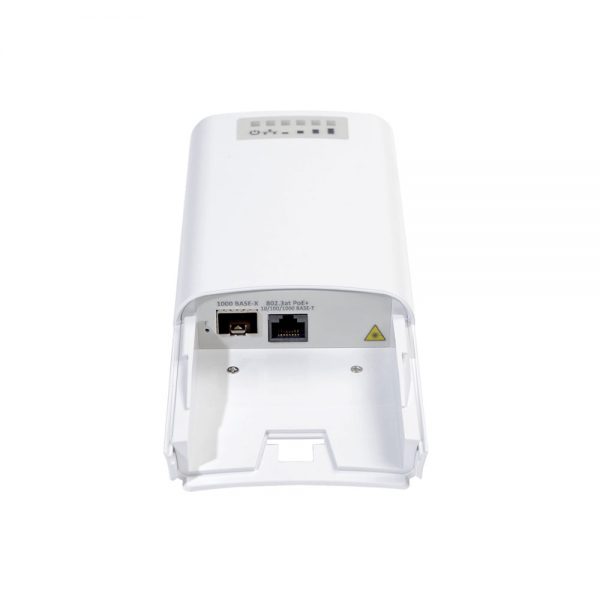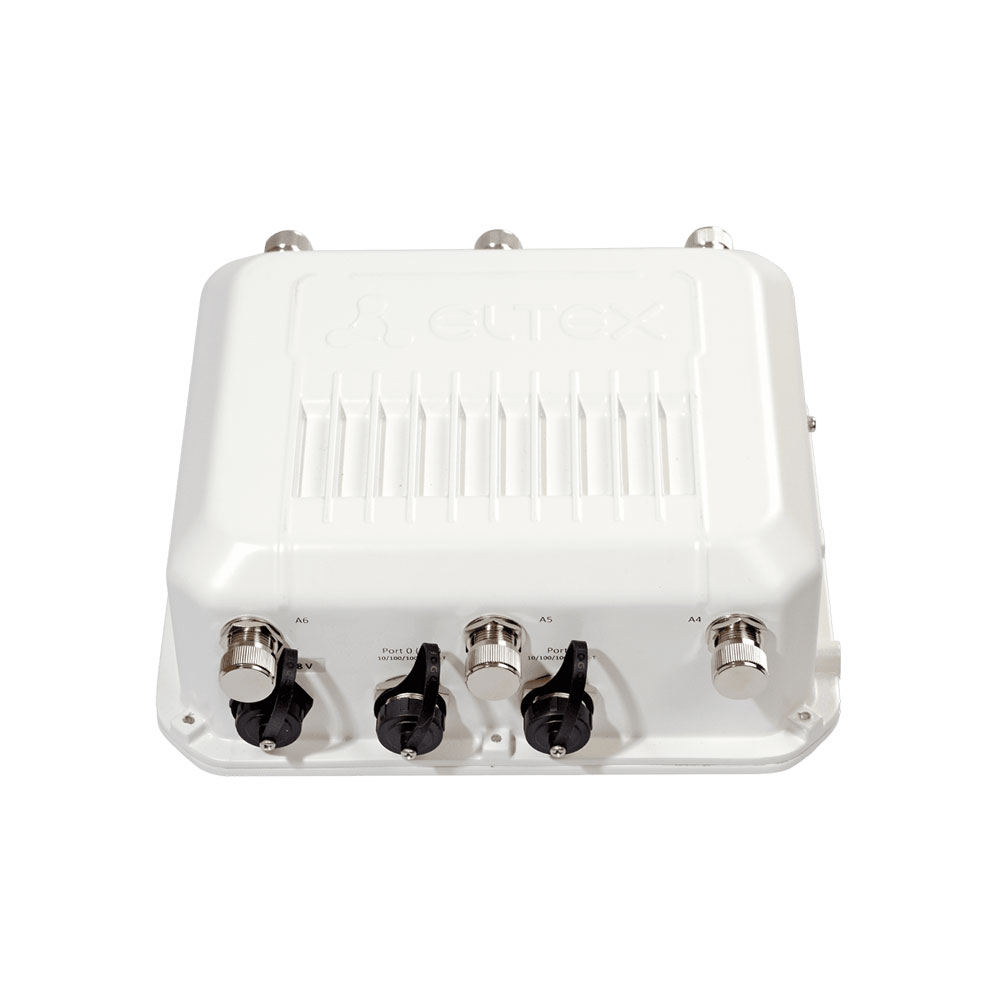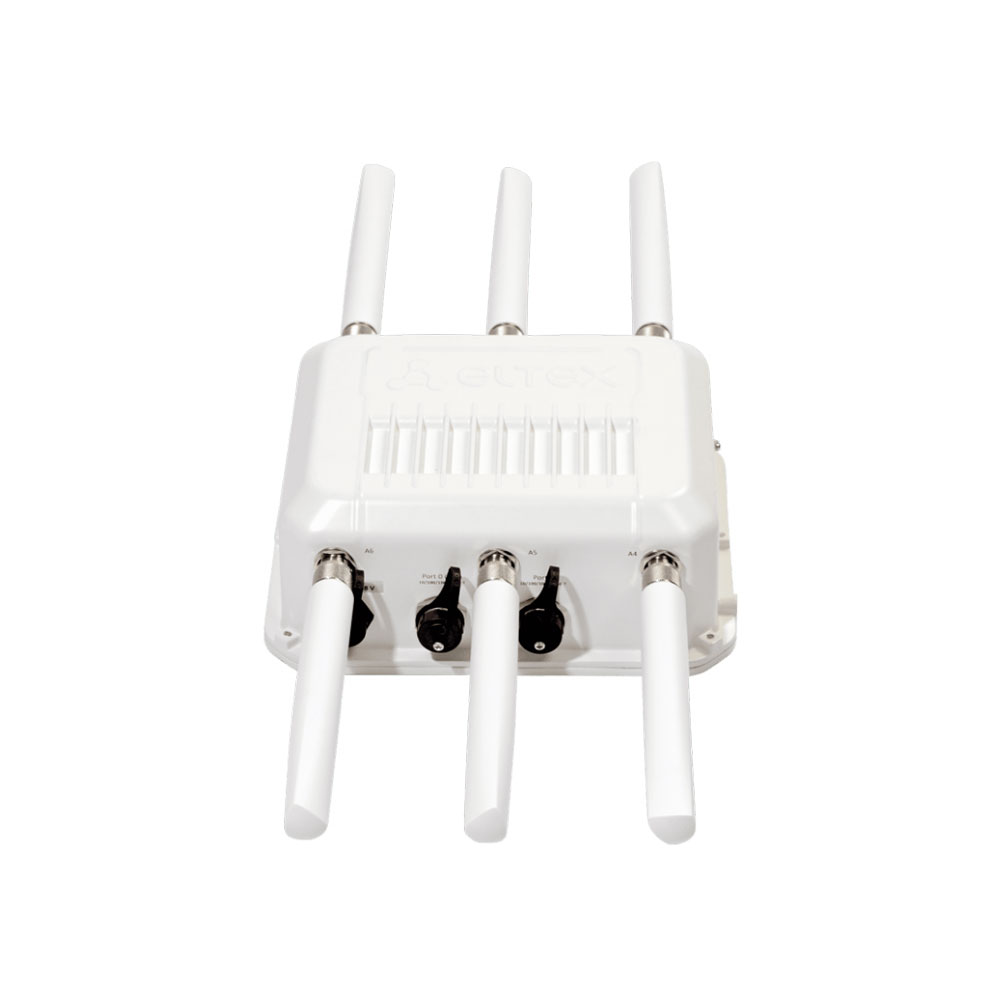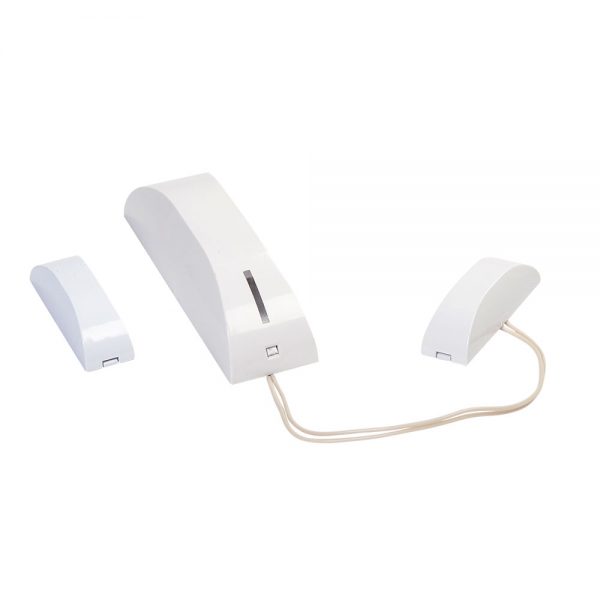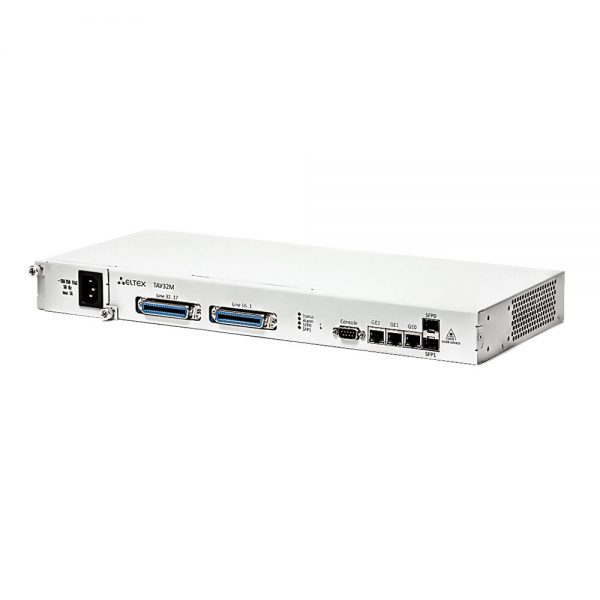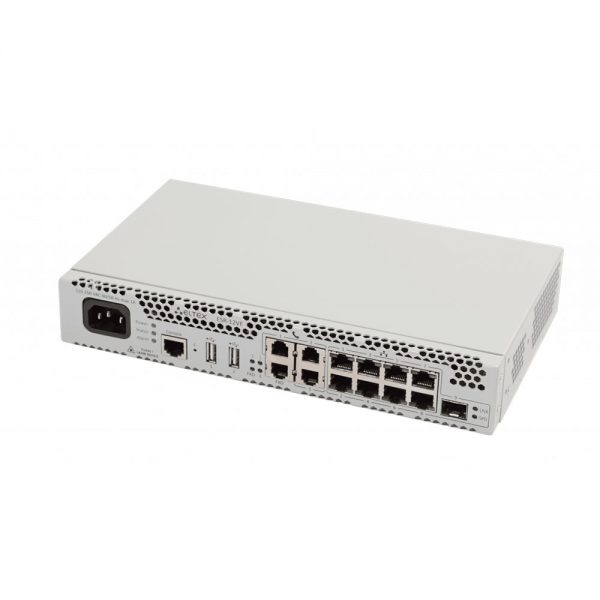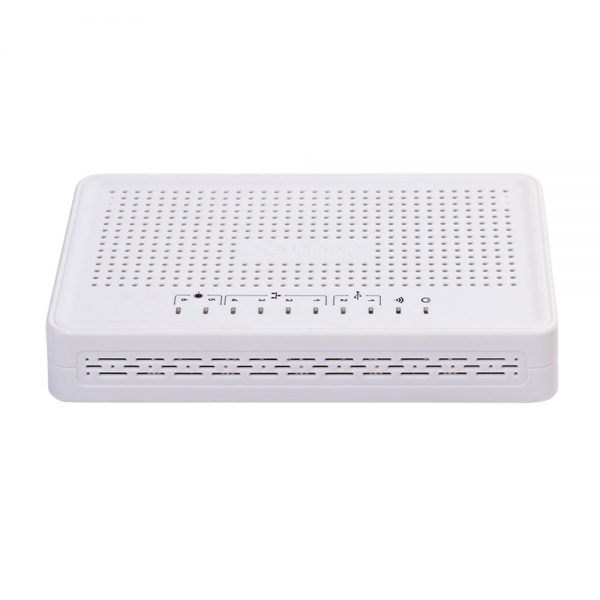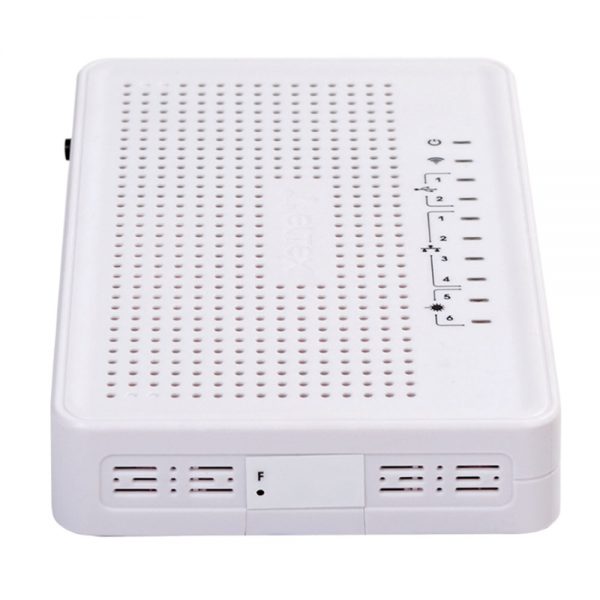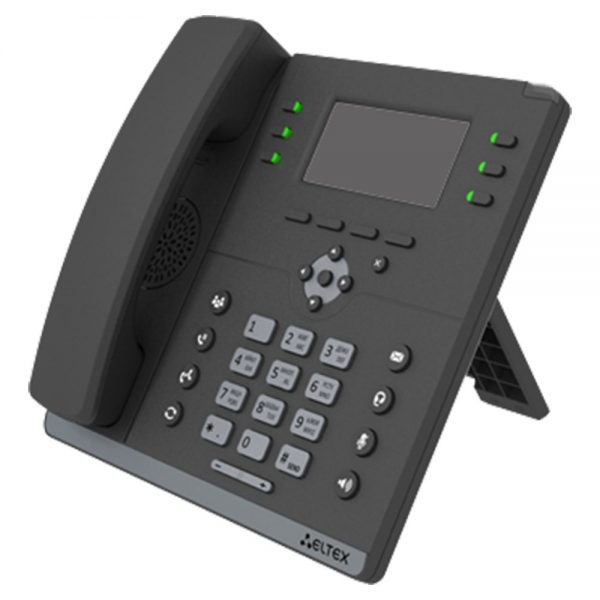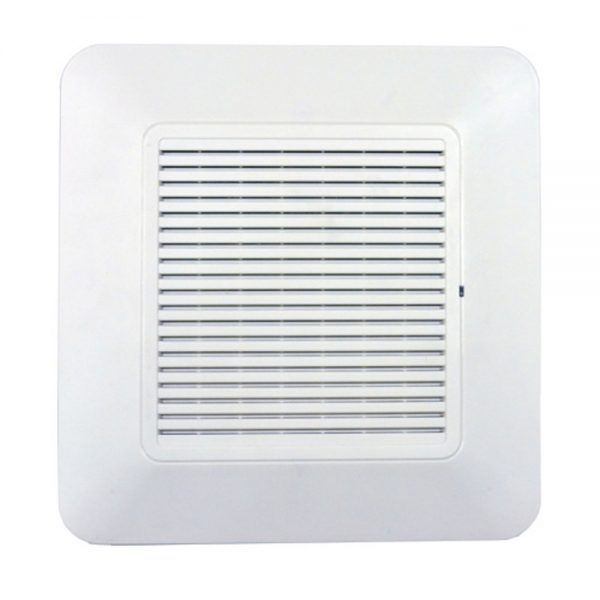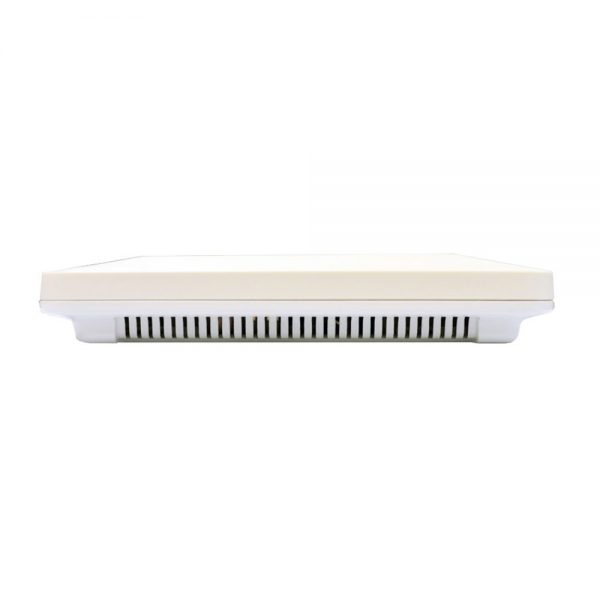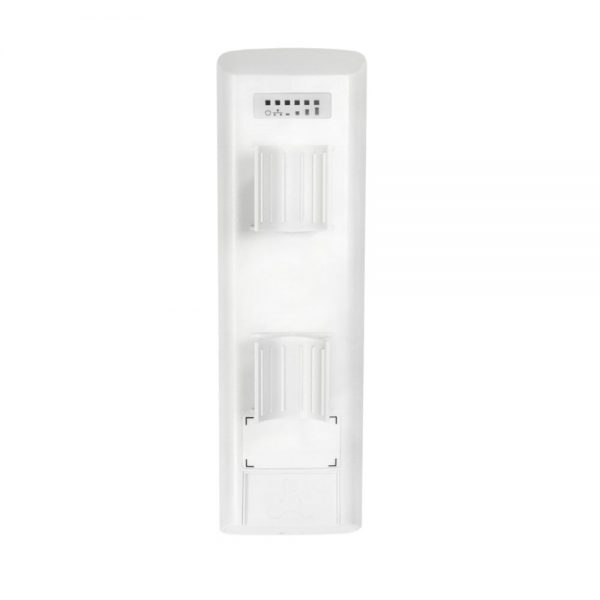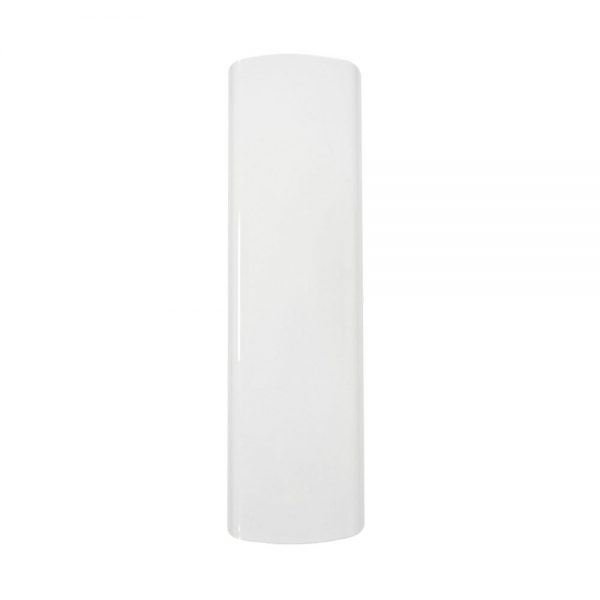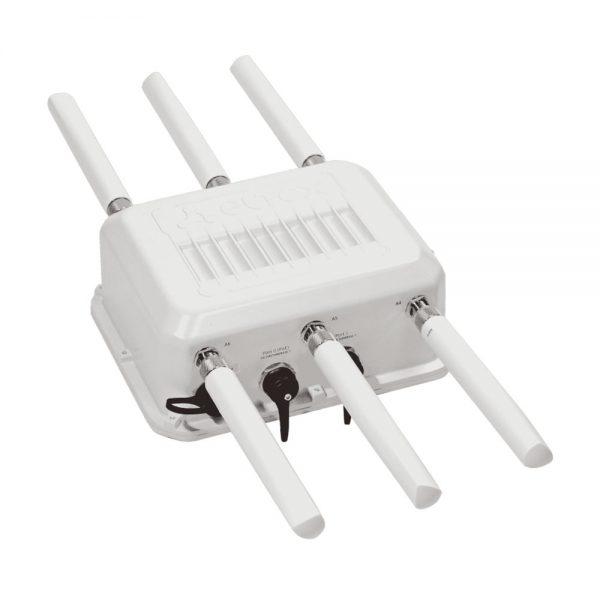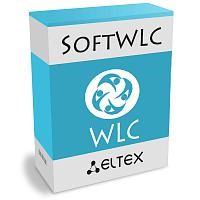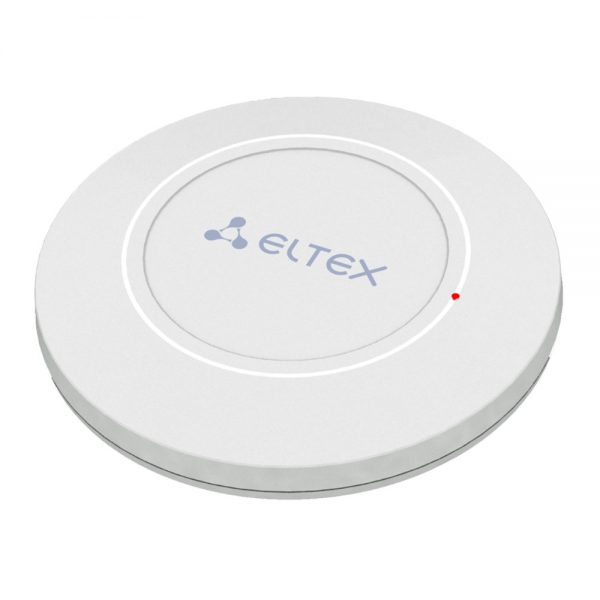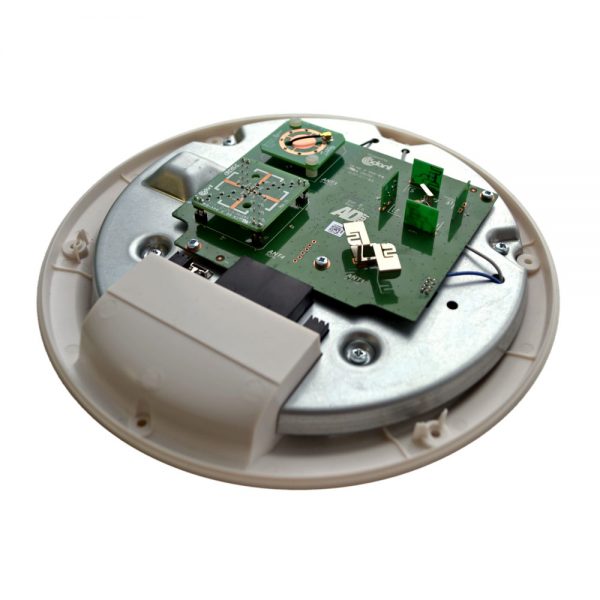Interfaces
- 2 Ethernet ports 10/100/1000Base-T (RJ-45)
- 1 port of 100/1000Base-X (SFP) – optionally
- 6 N-type connectors (female) for external antennas (Omni,
- sector, rod, etc.)
- Console (RJ-45)
WLAN capabilities
- Support for IEEE 802.11a/n/ac
- Data aggregation, including A-MPDU (Tx/Rx) и А-MSDU(Rx)
- Priorities and packet planning based on WMM
- Dynamic frequency selection (DFS)
- Hidden SSID support
- 24 virtual access points
- External access points detection
- APSD
- WDS
Network functions
- Automatic negotiation of speed and duplex mode,switching over MDI and MDI-X modes
- Support for VLAN
- 802.1X authentication support
- DHCP client
- Support for LLDP
- Support for ACL
- Support for IPv6
QoS functions
- Packet priorities and planning based on profiles
- Bandwidth limiting for each SSID
- Modification of WMM parameters for each radio interface
Security
- Centralized authentication via RADIUS server (WPA Enterprise)
- WPA/WPA2 encryption
- Support for Сaptive Portal
- E-mail notifications on system events
Wireless interface parameters
- Frequency range 5150–5850 MHz
- CCK, BPSK, QPSK, 16QAM, 64QAM, 256QAM modulations
- Support for 2х2 MIMO
- 3 integrated Broadcom chips – BCM43460 (IEEE802.11a/n/ac)
Operating channels1
- 802.11a/n/ac: 36–64 (5180–5320 MHz),100–144 (5500–5720 MHz),149–165 (5745–5825 MHz).
Data rate2
- 802.11ac: 867 Mbps
Receiver sensitivity
- 5 GHz: up to -94 dBm
Maximum power of the transmitter1
- 5 GHz: up to 27 dBm
Physical specifications
- Power consumption up to 40 W
- Processor Broadcom BCM53016/BCM58522
- 128 MB NAND Flash
- 256 MB RAM DDR3
- Power supply: PoE+ 48V/54V (IEEE 802.3at-2009), DC 48V
- Operating temperature from -40 С to +60 С
- Dimensions (WxHxD): 247x97x241 mm
Configuration
- Software updates and configuration trough DHCP autoprovisioning
- Remote management via Telnet, SSH
- Web interface
- SNMP
______________________________________________________
1 The number of channels and the value of the maximum output power will vary according to the rules of radio frequency regulation in your
country.
2 The maximum wireless data rate is defined according to IEEE 802.11n/ac standard. The real bandwidth might be different. Conditions of the
network, environment, the amount of traffic, building materials and constructions and network service data might decrease the real
bandwidth. The environment might influence on the network coverage range.

